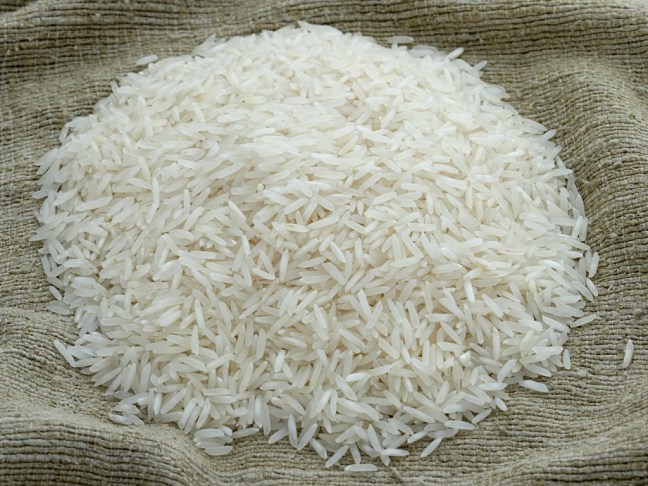Last week the European Food Safety Authority (EFSA) published its annual report on emerging risks. The top 10 risks were defined as follows:
- Outbreak related to the consumption of raw beetroot in France;
- Growth of Vibrio spp in Northern waters and TTX detection in European bivalve shellfish in UK;
- Putative new influenza virus that has been identified in livestock species (cattle and swine) in Belgium;
- Risks from the consumption of bitter apricot kernels from Greece;
- Increase of deoxynivalenol and zearalenone levels from Italy in 2014;
- Dermatitis due to raw or undercooked Shiitake consumption from France;
- Increased incidence of Salmonella Infantis in broiler meat from Croatia;
- Zoonotic spread of CPE/CPA from Finland;
- Artificial plastic rice from UK;
- Yersinia pseudotuberculosis outbreak in raw milk from Finland;
- Hay as food or food additive from Austria;
- Oxalic acid in green smoothies from Germany;
- Natural occurrence of bisphenol F (BPF) in mustard from Switzerland.
The report is of extreme interest and each investigation worth a look, but due to my insane passion for food frauds, I will report the specific findings about the “artificial plastic rice” from China.
Artificial plastic rice – Description of the issue
In 2011 reports began circulating in media across South East (SE) Asia that artificial (plastic) rice was being produced in China, which was subsequently being sold in towns such as Taiyuan in Shaanxi province.
The issue was raised in 2013 by European Parliament seeking clarification on whether the Commission was aware of the practice, and if so, what safeguards were in place to prohibit artificial rice from entering into the EU.
A briefing note was prepared by the UK for discussion by EREN, Emerging Risks Exchange Network.
The European Commission response of 20 September 2013 to the Parliamentary question states that rice products originating in China are subject to Commission Implementing Decision 2011/884/EU, recently amended to Commission Implementing Decision 2013/287/EU, which stipulates consignments of rice originating from China can be released for free circulation only if accompanied by analytical report demonstrating it is GM free and a health certificate issued by the Chinese competent authority (AQSIC) certifying the rice has been produced, sorted, handled, processed, packaged, and transported in line with good hygiene practice.
In October 2015 EFSA received a pressa article from an ECDC colleague from their Epidemic Intelligence monitoring. The information on ‘plastic rice’ was apparently found in several media that week. This rice is likely to be commercialised throughout Asia according to some media. The rice is produced using a mix of potatoes, sweet potatoes and plastic. It is formed by mixing the potatoes and sweet potatoes into the shape of rice grains, at this point industrial synthetic resins are then added.
It would appear that appropriate tools are in place which reduces the risk of affected products entering the EU, nevertheless, the UK would like to encourage a discussion on the subject, firstly to highlight the practice, but also to consider whether a risk of entry into the EU still remains via third country involvement.
Key points from the discussion, the conclusions and the recommendations
The INFOSAN Secretariat received several inquiries from INFOSAN members in Asia as concerns over fake rice were perpetuated in the media. The Secretariat reached out to INFOSAN members in China to inquire about this event and to verify or dispel the rumours. Unfortunately no further information was supplied.
One INFOSAN member from another Asian country reported a suspected case of illness following the consumption of the implicated rice, but this could not be confirmed upon further investigation and no fake rice was found.
This event highlights the added difficulties that arise during food safety events that result from fraud. In addition, gaps in the analytical methodologies to test for “fake rice” were also raised.
The US FDA and their food fraud network are aware of the issue and are monitoring the rice imported from China. Assumptions arose that this fake rice is exported mainly to the African continent.
EREN discussed the difficulty linked to this issue as no proper risk characterisation can be done unless the different risk characterisation questions such as, which different types of resins are used to produce the fake rice, are properly identified.
EREN concluded that this is considered as an emerging issue. EREN recommended EFSA to contact its different international collaborators from Asia and remain liaised with INFOSAN to be kept updated on this issue.
(Source: EFSA website)


7 thoughts on “EFSA report on emerging risk – Plastic rice frauds listed”